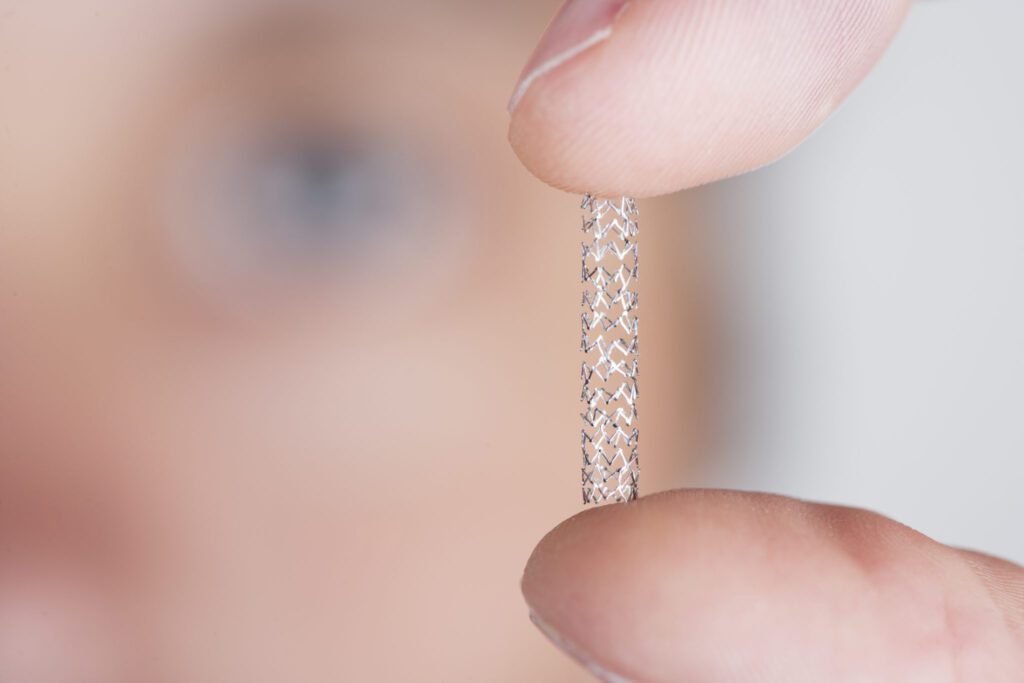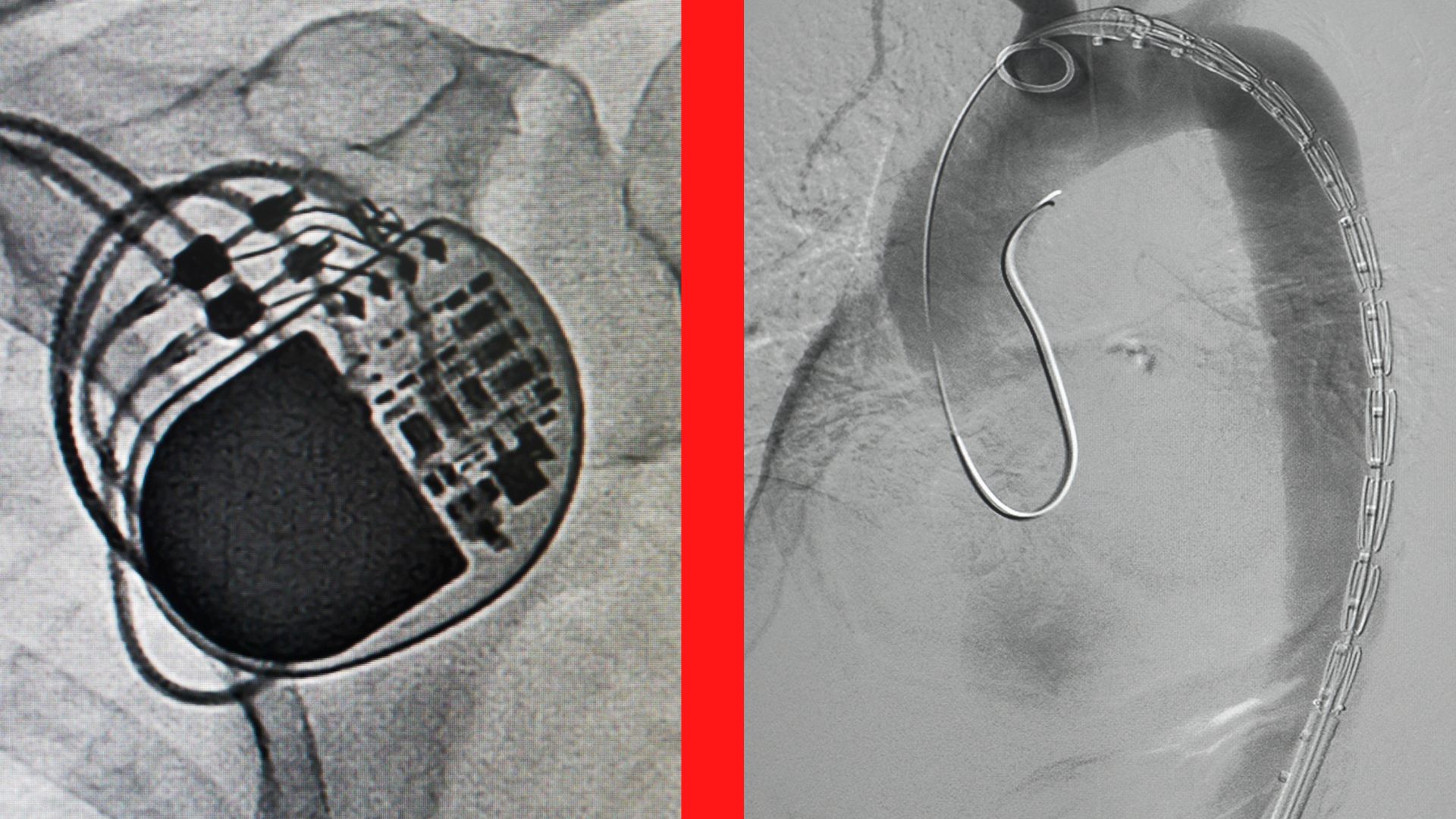What is a stent?
A stent is a tiny tube that your doctor can insert into a blocked passage to keep it open. The stent restores the flow of blood or other fluids, depending on where it is placed.
Stents are made of metal or plastic. Stent grafts are larger stents used for larger arteries. They can be made of special fabric. Stents can also be coated with drugs to prevent the artery from closing.
Why would I need a stent?
Stents are usually needed when plaque blocks a blood vessel. Plaque is made of cholesterol and other substances that attach to the walls of the vessel.
You may need a stent during the emergency procedure. An emergency procedure is more common if the heart artery, called the coronary artery, is blocked. Your doctor will first place a catheter in a blocked coronary artery. This will allow him to do balloon angioplasty to open the blockage. He will then place a stent in the artery to keep the vessel open.
Stents can also be useful in preventing aneurysms from rupturing in the brain, aorta, or other blood vessels.
In addition to blood vessels, stents can open any of the following passages:
- Bile ducts that carry bile to and from the digestive tract
- Bronchi – small airways in the lungs
- Ureters – tubes that carry urine from the kidneys to the bladder
These canals can be blocked or damaged just like blood vessels
How is a stent placed?
There are several ways to place a stent.
The doctor usually places the stent using a minimally invasive procedure. The doctor will make a small incision and use a catheter to insert specialized tools through your blood vessels to reach the area where the stent is needed. This incision is usually in the groin or arm. One of these tools can be a camera that helps the doctor place a stent.
Using the necessary tools, the doctor will place a stent. It will then remove the instruments from your body and close the incision.





